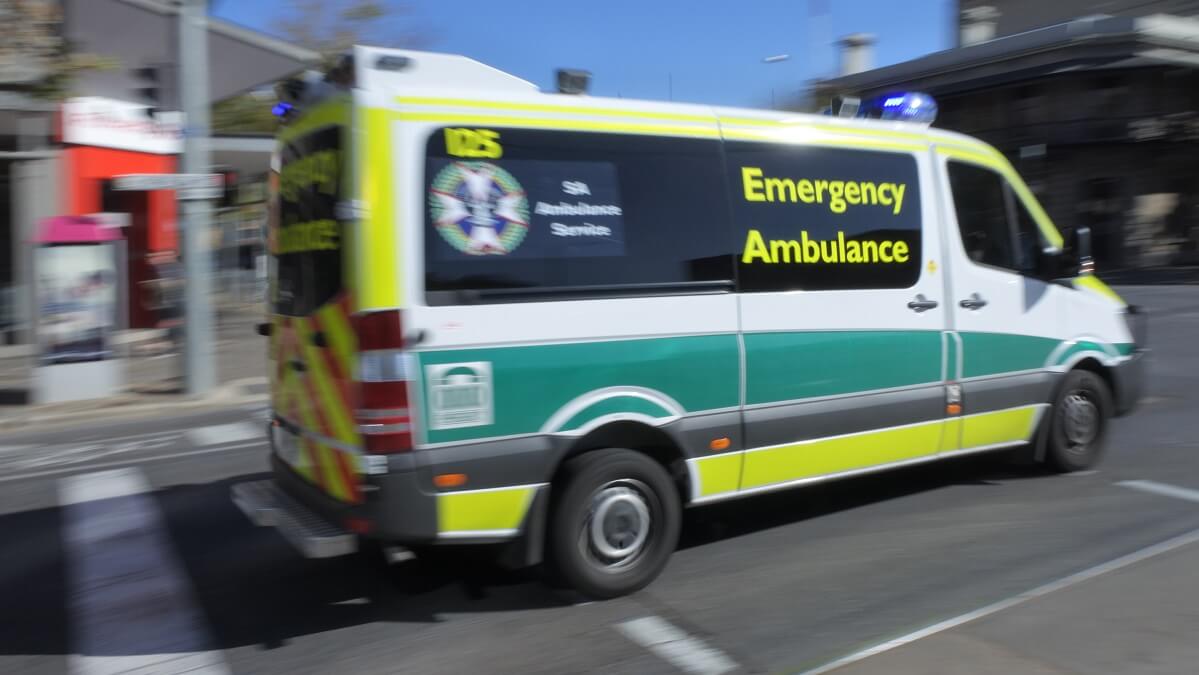Many drivers are confused and unsure about their obligations and options when an emergency vehicle approaches.
The confusion extends to how to respond at traffic lights, roundabouts, motorways without hard shoulders, stretches of road where overtaking is not allowed and motorways with emergency stopping lanes.
Here’s a simple guide to staying safe when making way for an emergency vehicle.
- If you hear a siren or see flashing red-and-blue lights, stay calm.
- Look for somewhere safe to pull to the left and, if necessary, stop.
- On the approach to a bend or the crest of a hill, keep going and pull over when there’s a better view ahead.
- Stay out of bus lanes and keep off kerbs and pavements and don’t stop near traffic islands.
- There may be more than one emergency vehicle, so check that it’s safe before continuing your journey.
At traffic lights
An emergency vehicle won’t want you to put yourself in danger by going through a red traffic light. Doing so may mean you’re breaking the law (it varies from state to state, and even if it is allowed, you’ll need to prove you had good reason to ignore a red light) and ignoring a red light always carries a degree of risk. If you’re first in the queue at a red light, stay where you are, and leave the ambulance to find its way around you.
Read: Are smart cars creating dumb drivers?
Roundabouts and junctions
If you’re approaching a roundabout or a junction and you see an emergency vehicle with its red-and-blue lights activated, look at its position, as this will let you know where it wants you to go. If you’re already at the junction, be patient and wait for it to go past. There may be more than one emergency vehicle approaching, so check before moving off.
Solid white lines or double lines
On a road with a solid white line, an emergency vehicle will probably switch off its siren (although it may continue to activate its red-and-blue lights) as it closes on you. This is because overtaking is not allowed and is unsafe. The best thing for you to do is keep going – at the speed limit if it’s safe – until you’re clear of the solid white lines. When the siren goes on again, that’s your cue to let the emergency vehicle go past.
Read: Are you really a good driver?
Motorways and dual carriageways
On motorways and dual carriageways, move to the left to allow an emergency vehicle to pass in the outside lane if it’s clear. In slow and stationary traffic, emergency vehicles usually use the motorway hard shoulder, so you should only go onto the hard shoulder if you have an emergency of your own.
If there’s no hard shoulder, make way for emergency vehicles by creating an ’emergency corridor’ by pulling as far to the right (in the right hand lane) as possible or the left of the lane (in a left hand lane). When you’ve let an emergency vehicle through, stay where you are, as other vehicles may be coming through.
Smart motorways
On a smart motorway (those with overhead lane indicators), one or more lanes may be closed because of an incident ahead – you’ll know because of red X signs above the carriageway. Emergency vehicles will use these lanes if they can. Keep out of these red X lanes – it is illegal to use a lane marked with a red X. If no lanes appear to be closed, be prepared to help create the emergency corridor.
Read: Consider this when deciding on a roadside assist deal
In summary:
- Stay calm.
- Make a point of always scanning ahead and behind, to give yourself more time to plan.
- Don’t break the law or take risks, however helpful you’re trying to be.
- Emergency vehicles come in all shapes and sizes so, when you pull over and every time you park, make sure there’s sufficient space for any emergency vehicle to get through.
- Have a good look around and be aware of what everyone else is doing.
Follow these simple guidelines and you’ll reduce risk and maybe even help save a life.
Did you know the rules relating to emergency vehicles? Do you sometimes see drivers who appear to be oblivious to those rules or to an approaching emergency vehicle? Share your observations in the comments section below.
This article first appeared on seniordriveraus.com.


First of all, most people don’t hear the emergency vehicles siren until nearly to them as with modern cars sound doesn’t penetrate as easily, plus possibly having the radio on, and as you age your hearing isn’t the same as your youth. Sometimes you have no idea where the ambulance is going as they’re weaving everywhere and not giving the traffic a chance to make corridor. I saw one ambulance sit behind a car at the traffic lights sounding their siren off and on, but the car wouldn’t move, which they shouldn’t as this intersection is one of the worst in Australia and with traffic coming from the side I wouldn’t have moved either as you’ll end up as a statistic.